Alright – so today we’ve got the honor of introducing you to Cheng Guo. We think you’ll enjoy our conversation, we’ve shared it below.
Alright, Cheng thanks for taking the time to share your stories and insights with us today. Earning a full time living from one’s creative career can be incredibly difficult. Have you been able to do so and if so, can you share some of the key parts of your journey and any important advice or lessons that might help creatives who haven’t been able to yet?
Thank you for posing this question. Transitioning into a full-time job after graduating from a university art program can be challenging, especially in the animation industry. It’s a relatively small community with stringent requirements for work experience. Many artists in our industry work as freelance artists, which can be unstable as job opportunities are project-based. In my personal job hunting experiences, I began my journey as a freelance visual development artist for an undisclosed project. However, instead of focusing solely on design work, most of my assignments involved creating short videos to present the team’s ideas to potential funders. Sometime, it is frustrated but I tell myself that not every job would fulfill my expectations, so I still embraced it with a passionate attitude, knowing that it might not always align with what I hoped for. Afterward, I eagerly embraced the opportunity to work as a concept designer. After approximately three months as a freelance artist, I expressed my desire to transition into a permanent position to my producer. Following approval in their internal meeting, with the assistance of my creative director, I secured the full-time job. All the efforts I had put in prior to this moment were truly worthwhile.
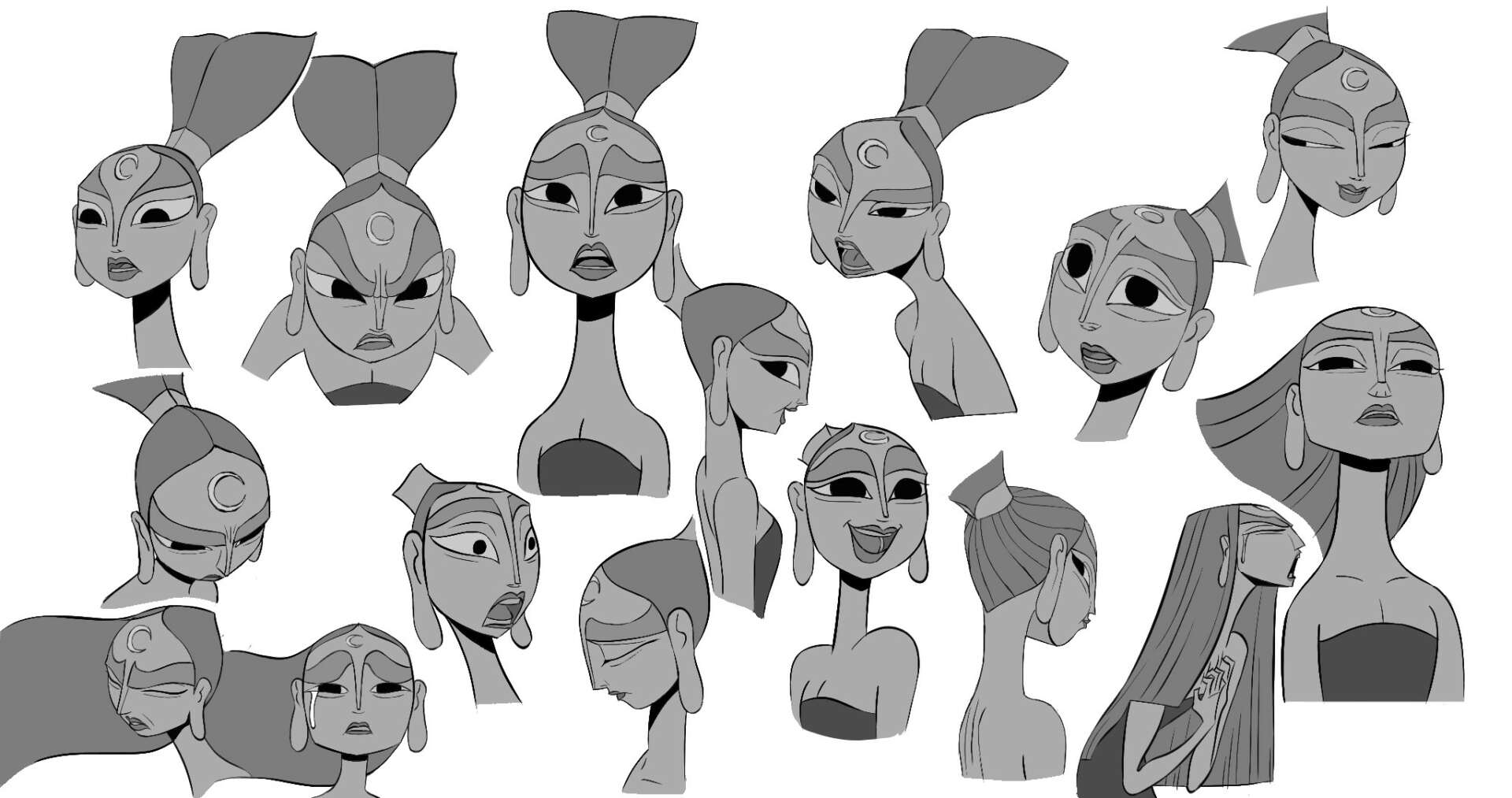
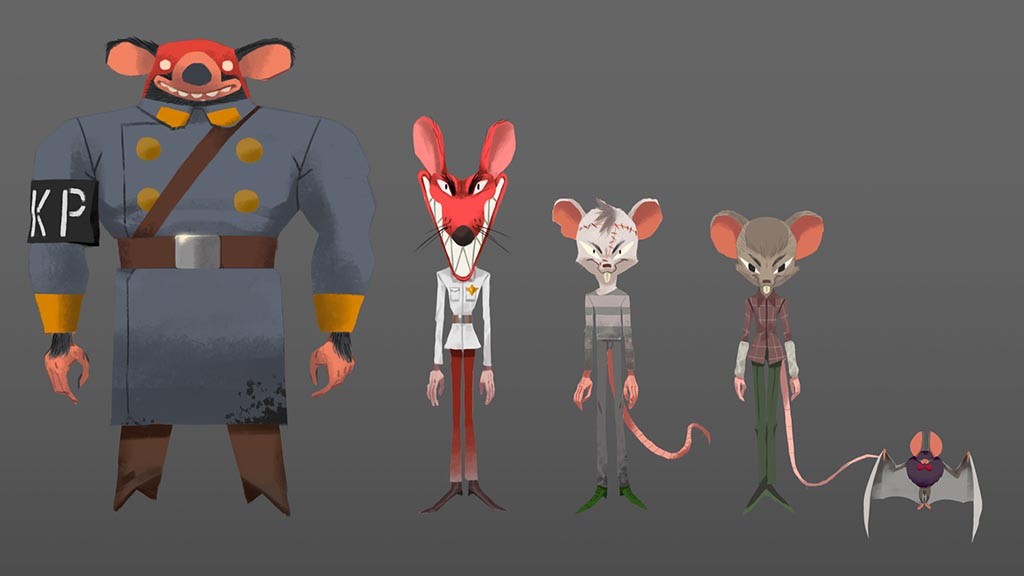
Cheng, love having you share your insights with us. Before we ask you more questions, maybe you can take a moment to introduce yourself to our readers who might have missed our earlier conversations?
About 10 years ago, when I was studying animation-related skills at another school in China, I developed a strong interest in concept design. My passion for design drove me to accumulate a portfolio of work. These pieces helped me secure an internship at an animation studio. The tasks involved in this internship were similar to the freelance artist job I mentioned in my previous question, which could be somewhat mundane. Fortunately, I encountered a director who truly guided me into the industry. At the time, he had just completed his first animated project as an assistant director. During my fourth year at university, he offered me a job as a character designer for his new project. Thus, while working on my graduation design, I also worked part-time as a designer on his first production. Following my graduation, it was only natural that I obtained my first full-time job. During my time there, I learned a great deal and discovered my own limitations. At that point, I had the desire to fulfill my childhood dream of studying abroad, so I made plans to pursue international education. As a result, I relinquished my full-time job and began preparing my portfolio. This decision became the catalyst for starting my career in the United States.
While studying in the United States, I was told by many people that pursuing a career in concept design would be challenging, especially when it came to finding a job after graduation. In reality, this proved to be true. I had moments of doubt and attempted to learn software like Maya and ZBrush. However, in the end, I discovered that I truly enjoyed the satisfaction of painting and the feeling of accomplishment when completing a design. Because of this, I decided to embrace the risks associated with becoming a concept designer. Consequently, I made some compromises and broadened my focus beyond just character design, aiming for a more versatile position as a visual development artist, even though this job was relatively unstable. I did my best to improve my skills in scene design, prop design, color keys, and other areas, such as using After Effects and Maya. Nevertheless, I felt more confident in my abilities as a character and scene designer. I began to mentally prepare myself, persuading myself to embrace learning new styles and software in order to achieve the desired results. As a result, I developed strong adaptability and flexibility in my design work, capable of accommodating various styles. I also became less particular about the content of my assignments because I understood that personal projects and professional work were not the same. The former satisfied my personal artistic desires, while the latter aimed to fulfill the clients’ needs.
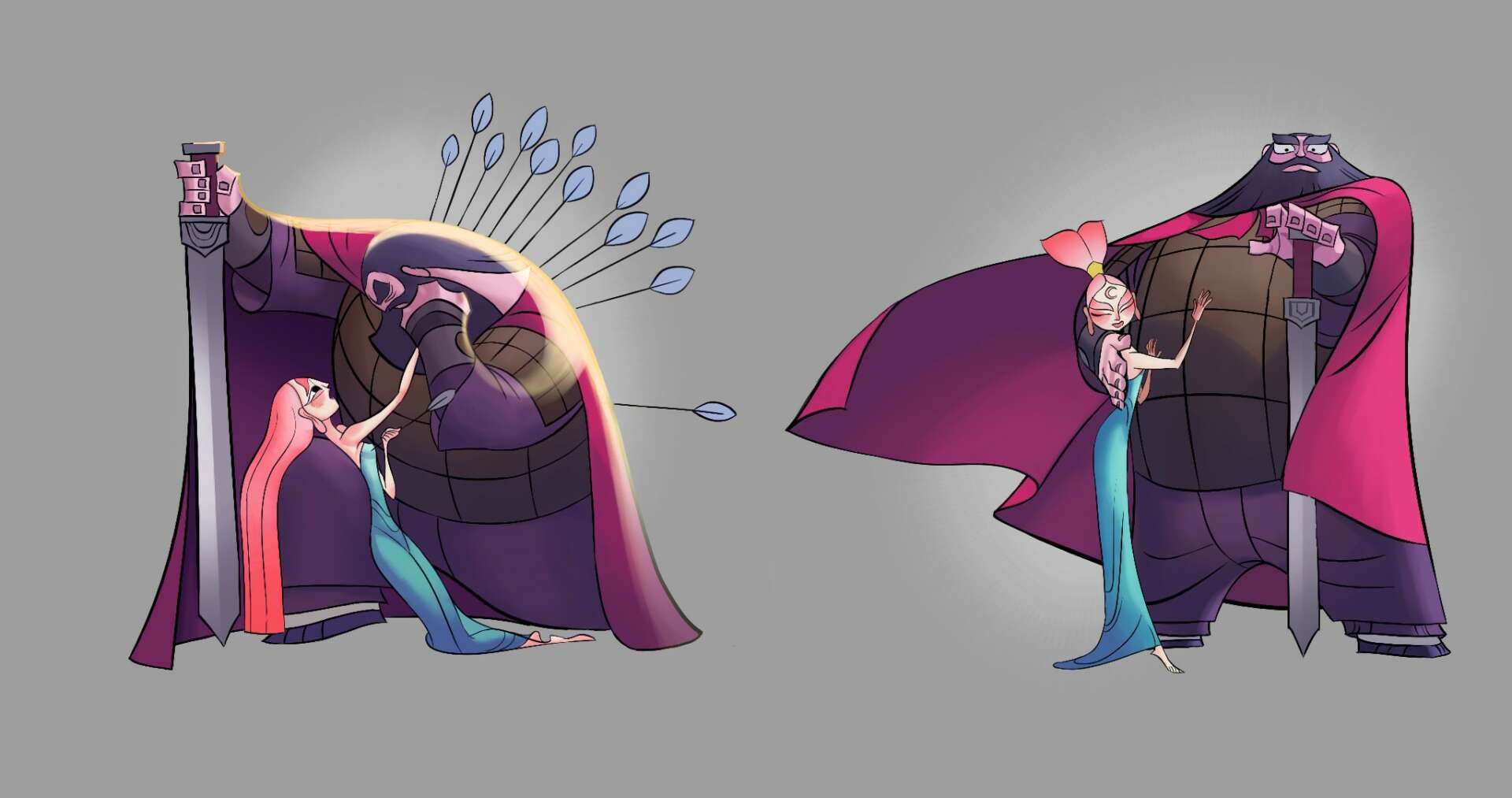
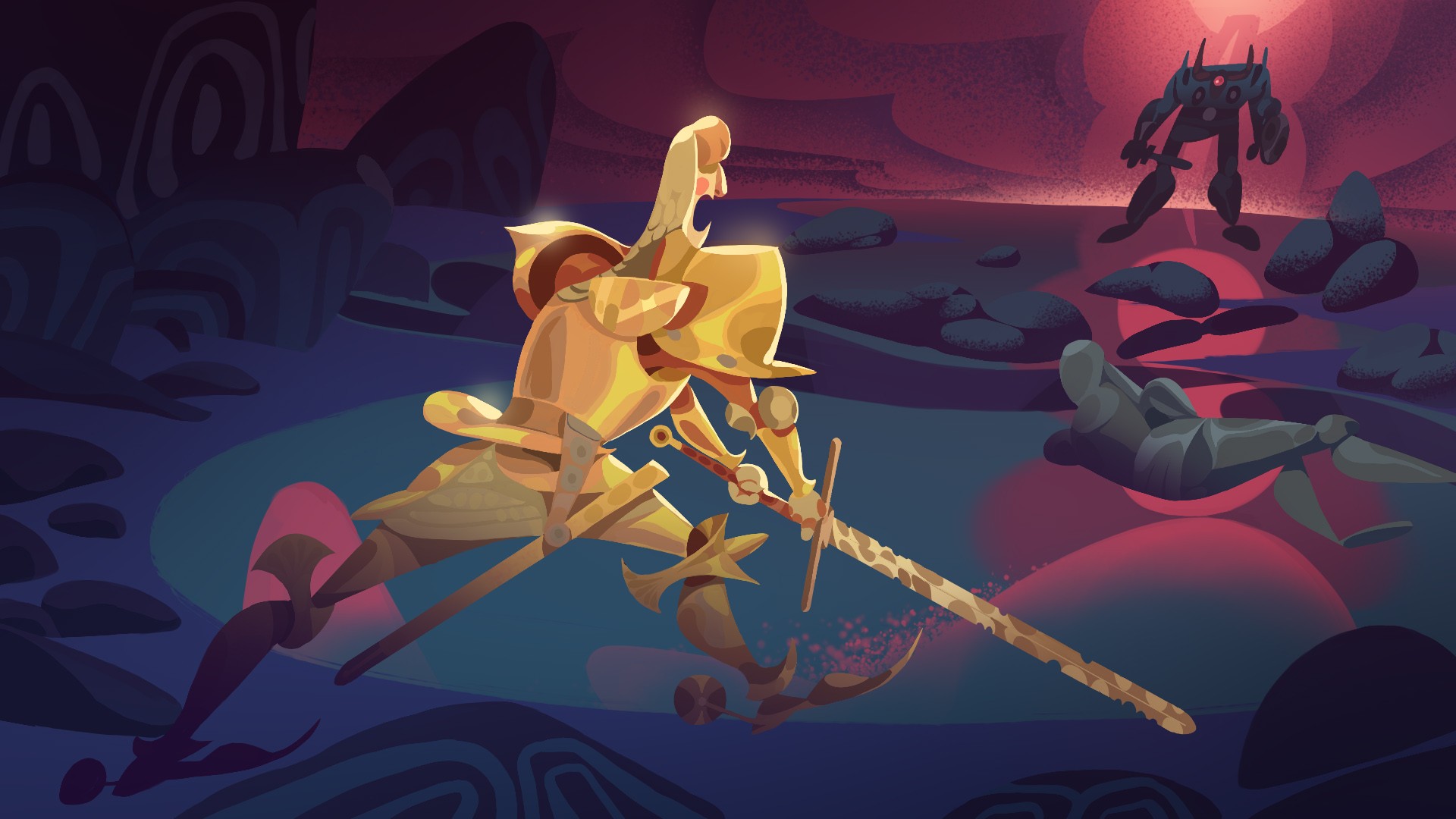
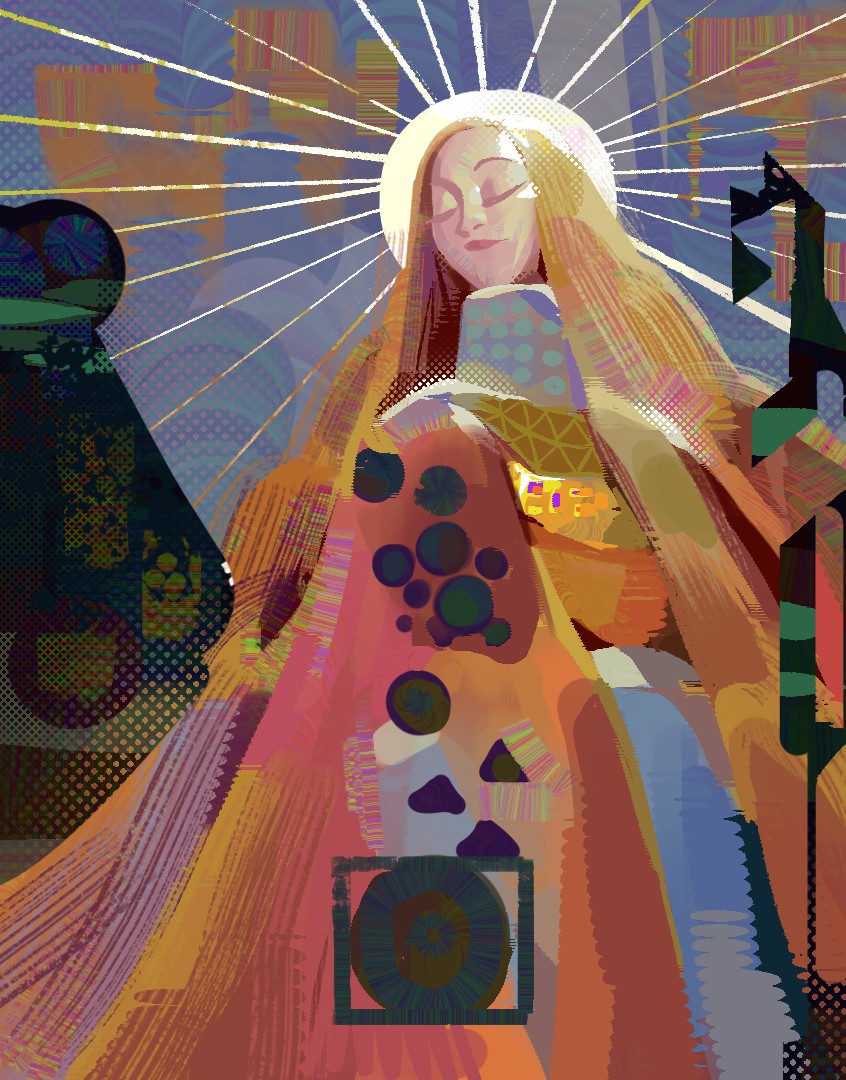
Is there something you think non-creatives will struggle to understand about your journey as a creative?
One of the biggest challenges I faced while collaborating with non-art professionals was the difficulty of avoiding misunderstandings regarding design. As designers, we are bound by various principles and theories such as color theory, spatial composition, and style selection throughout the design process. Our responsibility as designers is to combine and find solutions within these frameworks while meeting the client’s requirements. We possess a professional understanding of these theories, which is why we are hired in the first place. However, clients often have their own understanding and perspectives on design, which can lead to friction and disagreements during the collaboration process. Indeed, these frictions can result in repetitive revisions and delays, leading to a loss of patience on the client’s part and wasting the designer’s time. It can be frustrating when there is a disconnect between the client’s expectations and the designer’s expertise. Misunderstandings and differing perspectives may require additional rounds of modifications, which can prolong the design process and strain the relationship between the client and the designer. In such situations, effective communication and managing expectations become crucial to minimize these issues and ensure a smoother collaboration.
Are there any resources you wish you knew about earlier in your creative journey?
If I had the opportunity to go back to the beginning of my artistic career, I would tell myself to make better use of social networks to exchange techniques and knowledge with other artists. In the past, I didn’t enjoy socializing much and was hesitant to seek inspiration from others’ experiences. However, now I realize how important these interactions are for honing one’s skills. If possible, I would also encourage my past self to utilize tools like VPNs or similar applications, allowing me to fully leverage the internet and gather the resources I desired. However, what I mostly wish is for my past self to have more openness towards new things.
Contact Info:
- Website: https://guochengspices.wixsite.com/visdev
- Instagram: https://www.instagram.com/gcspices/
- Linkedin: https://www.linkedin.com/in/alex-cheng-he-him-a76097176/


